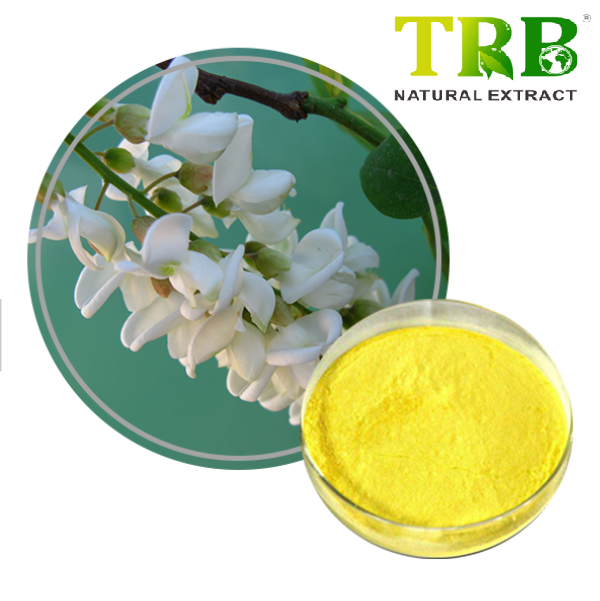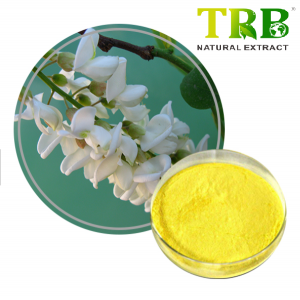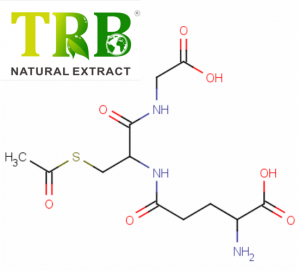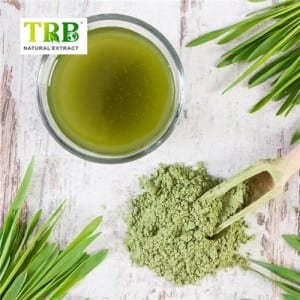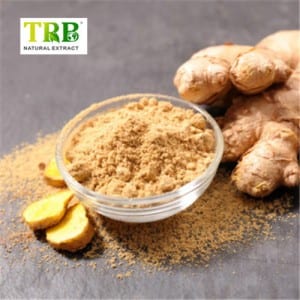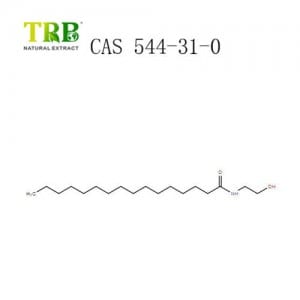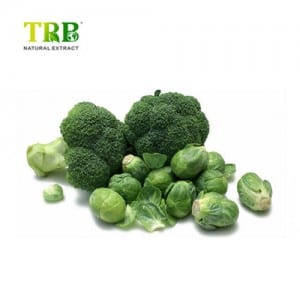Product Name:Quercetin 95.0%
Botanical Source:Sophora japonica extract
Part: Seed(Dried, 100% Natural)
Extraction Method: Water/ Grain Alcohol
Form:Yellow to green yellow crystalline powder
Specification: 95%
Test Method : HPLC
CAS Number: 117-39-5
Molecular Formula:C15H10O7
Molecular Weight: 302.24
GMO Status:GMO Free
Packing: in 25kgs fiber drums
Storage:Keep container unopened in cool, dry place,Keep away from strong light
Shelf Life:24 months from date of production
Quercetin Powder: Comprehensive Benefits, Enhanced Bioavailability, and Trusted Sources
Product Overview
Quercetin Powder is a potent flavonoid antioxidant naturally found in fruits, vegetables, and grains such as apples, onions, and red wine . Known chemically as 3,3′,4′,5,7-pentahydroxyflavone, it boasts diverse health benefits, including anti-inflammatory, cardioprotective, and immune-boosting properties . With a molecular formula of C₁₅H₁₀O₇ and molecular weight of 302.24 g/mol, it is available in high-purity forms (≥95% HPLC) for optimal efficacy .
Key Health Benefits
- Antioxidant & Anti-Inflammatory Powerhouse
Quercetin neutralizes free radicals, reducing oxidative stress and inflammation linked to chronic diseases . Studies suggest it may inhibit enzymes like catechol-O-methyltransferase, enhancing neurotransmitter activity and vascular health . - Cardiovascular Support
By lowering blood pressure and improving blood vessel elasticity, Quercetin promotes heart health . Its ability to reduce LDL cholesterol and prevent platelet aggregation further supports cardiovascular function . - Immune System Enhancement
Quercetin modulates immune responses, potentially reducing allergy symptoms and viral replication . Clinical trials highlight its role in managing chronic prostatitis and respiratory health . - Anticancer Potential
Preclinical studies indicate Quercetin induces apoptosis in cancer cells (e.g., prostate cancer) and synergizes with chemotherapy agents .
Overcoming Bioavailability Challenges
While Quercetin’s low solubility and bioavailability (≤2% in humans) limit its efficacy, advanced formulations address these issues:
- Liposomal/Nano-Encapsulation: Enhances absorption by 3.69× compared to conventional forms .
- Combination with Bromelain or Fats: Co-administration with digestive enzymes or oils improves solubility and bioavailability .
- Spherical Agglomerates: Lipid-based delivery systems increase water solubility by 4× and sustain release up to 92% within 8 hours .
Recommended Usage & Safety
- Dosage: Typical daily intake ranges from 500–1000 mg for supplements, aligning with FDA’s GRAS designation . For enhanced effects, pair with vitamin C or B vitamins (e.g., QU995® formulation) .
- Safety: Generally safe with minimal side effects. Avoid during pregnancy due to limited safety data . Consult healthcare providers if taking antibiotics or blood pressure medications .
Trusted Sources for European & American Customers
- iHerb.com: A U.S.-based platform with 97% customer satisfaction, offering globally shipped, lab-verified Quercetin products .
- QU995® by Quercegen Pharmaceuticals: A patented, 99.5% pure anhydrous powder combined with vitamins B3, C, and B9 for synergistic effects .
- PYSON CO., LTD: Supplies Quercetin granules (≥98% purity) for food supplements and beverages, compliant with EU and U.S. standards .
Quality Assurance
- Purity Testing: Validated via RP-HPLC with LOD 0.236 µg/ml and LOQ 0.786 µg/ml, ensuring batch consistency .
- Certifications: Look for USP reference standards (e.g., Product No. 1351800) and ISO-compliant manufacturing .
Conclusion
Quercetin Powder stands out as a versatile supplement for holistic health. When choosing a product, prioritize formulations with enhanced bioavailability (e.g., liposomal or lipid-based) and purchase from reputable suppliers like iHerb or QU995® to ensure quality and efficacy. For optimal results, pair with a balanced diet and consult scientific literature for dosage guidance
